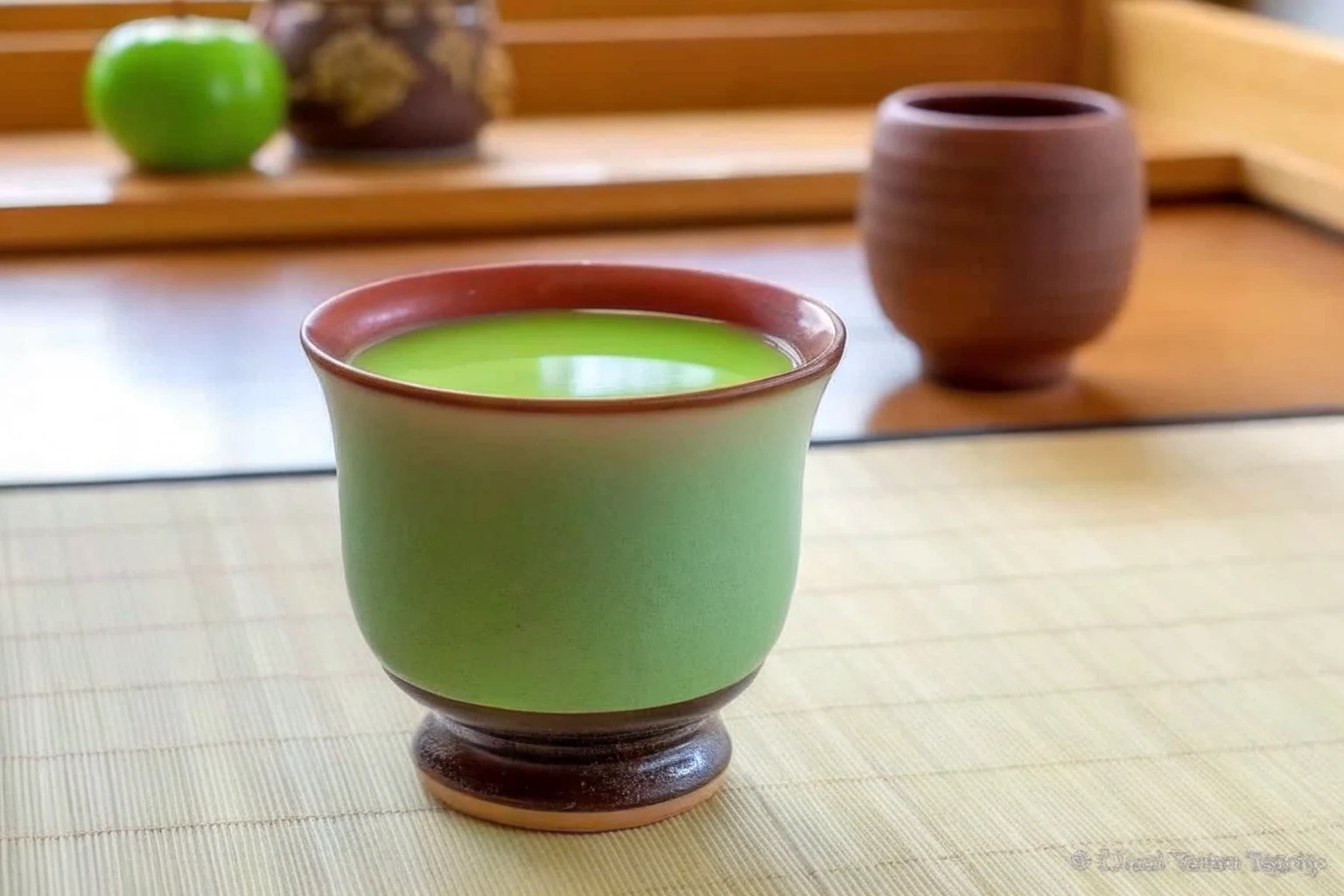Ingredients
Equipment
Method
- Prepare the tofu: Slice pressed tofu into thick pieces and sear in a pan until golden brown on each side. Set aside.
- Steam vegetables: In a steamer or pot, gently steam the kabocha squash, mushrooms, daikon, and greens until just tender (about 7–10 minutes).
- Make the broth: In a saucepan, combine the broth, dissolved miso paste, tamari, ginger, and rice vinegar. Simmer on low heat for 10–15 minutes to develop flavor.
- Blanch the noodles: Rinse shirataki noodles well and blanch in boiling water for 2–3 minutes. Drain and set aside.
- Assemble the bowl: In a deep bowl or donabe, layer tofu, vegetables, and shirataki noodles. Pour hot broth over the top.
- Garnish and serve: Sprinkle with sesame seeds and green onion. Add optional chili oil or spice mix for extra heat. Let sit for 5 minutes before enjoying.
Notes
Vegan Option: Use vegan-certified miso and replace tamari with coconut aminos.
Gluten-Free Tip: Ensure all condiments are gluten-free; tamari is a safe soy sauce alternative.
Low-Sodium Adaptation: Use kombu broth instead of miso and season with fresh herbs like shiso or yuzu zest.
Great for meal prep—store ingredients separately and assemble fresh.
Pair with a warm cup of matcha for the full Japanese wellness experience.
